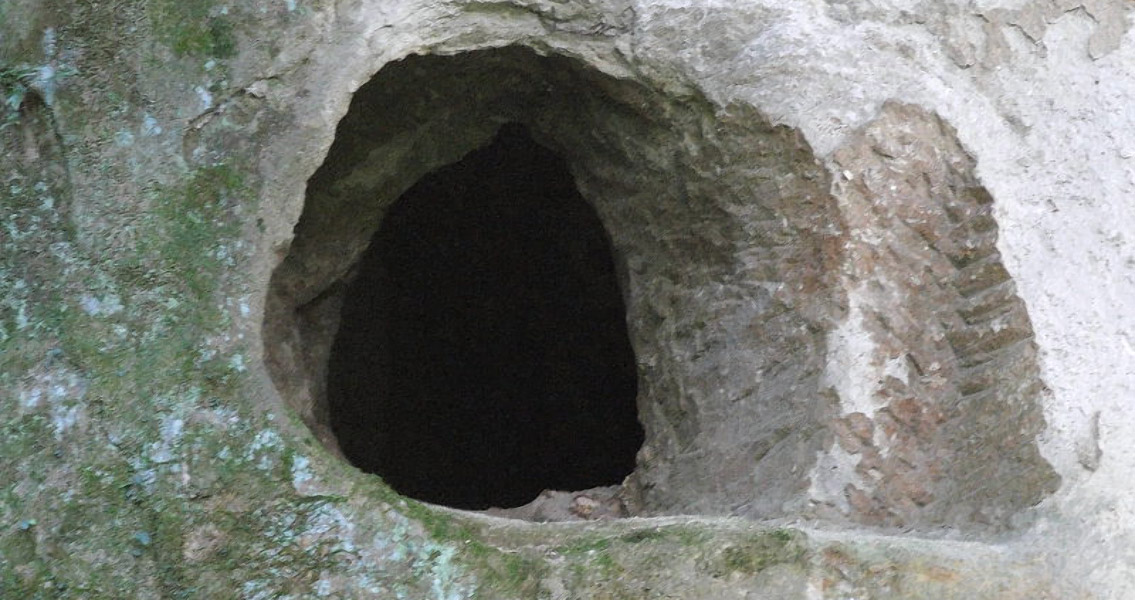<![CDATA[Scientists concerned with the effects of human-triggered climate change and similar issues are fighting a sometimes-losing battle to save ancient Japanese tombs that have begun to deteriorate prematurely. Teams of conservation experts and archaeologists are hard at work in their efforts to both study and preserve these tombs, many of which were built between the fifth and eighth centuries CE. There are more than 600 examples of these tombs that have been discovered throughout Japan, and their interiors are noted for their reliefs, colorings or drawings, leading them to become known as “decorated tombs.” However, all is not well in the world of these decorated tombs. In a 2012 survey across 15 of the country’s prefectures, conducted by Japan’s Agency for Cultural Affairs, telltale signs of deterioration were found in 35 out of 73 tombs classified as national historic sites. The survey found that changes in the environment within the tomb were to blame, in many cases allowing mold to grow and flourish in places where it previously had not. Meanwhile, decorated tombs in the regions affected by the tsunami and earthquake in 2011 that ravaged the northeastern shores of Japan are also being threatened. One site dangerously close to the Fukushima Daichii power plant known as the Kiyotosaku tunnel tomb had already been negatively impacted by rising temperatures in 2007. The walls of the tomb are being occluded by salt crystallizing due to increased outdoor temperatures; an effort was launched to preserve and protect the walls in 2010, but was brought to a halt by the tsunami the following year. With its location being firmly within the “difficult-to-return” zone near the Fukushima nuclear plant, organized efforts to save the cave paintings within the tomb have had to be put on hold. Other regions hardest hit by the 2011 tsunami are also struggling with being able to preserve their cultural heritage. In the town of Yamamoto, north of Fukushima and the site of more than 630 deaths from the tidal wave, a massive 54 tunnel tomb complex was discovered in 2015 in the search for higher ground to establish a new settlement. However, in exposing these tombs to the proverbial light of day, increased humidity within these tunnel tombs will begin to have a deleterious effect on the soft, sandy walls – and is threatening to destroy the detailed, intricate line drawings found within one of the tombs. Unfortunately, the town government of Yamamoto had to make a nearly impossible decision: the rebuilding of the town had to be prioritized in lieu of preserving the wall at the tomb site. Part of the problem is that there simply isn’t adequate technology to put an end to the type of deterioration the tomb is now subject to; however, experts are looking into ways to safely remove the wall’s surface and transport it off-site to be preserved elsewhere. This would be an irreversible step of course, as again technological limitations make this a one-way trip. As a result, removing ancient artwork from an original site, even in order to conserve it, is a controversial decision. ]]>
Scientists Scramble to Save Ancient Japanese Tombs
